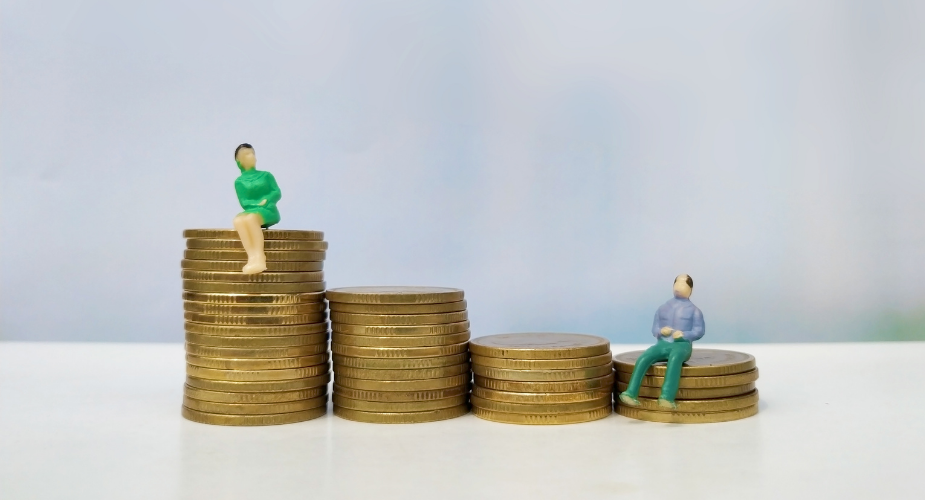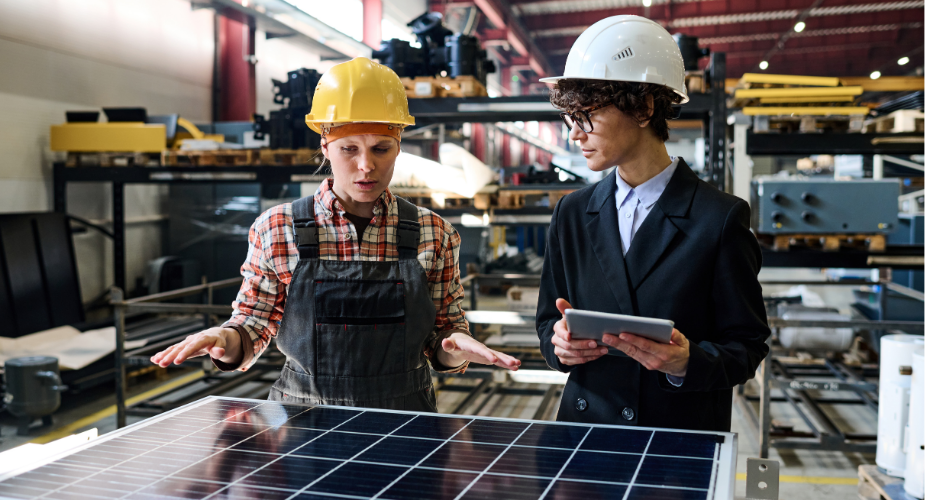Investing in solar panels can significantly reduce your electricity bills. But the real question many people ask is, what’s the return on investment? Also known as solar panel ROI, this metric tells you how quickly your system will pay for itself through energy savings. In 2025, understanding solar ROI has never been more important. With rising power prices, people are looking for smart, cost-effective ways to future-proof their energy use. A high ROI means lower running costs, quicker payback periods, and long-term financial and environmental rewards. In this article, we’ll break down what solar panel ROI is, what factors affect it, and how you can maximize it.
Solar Panel ROI Time Frame
- What is Solar Panel ROI?
- Factors That Affect Your Solar Panel ROI
- How to Improve Your Solar ROI
- Common Mistakes That Reduce ROI
- Is Solar Worth It in 2025?
What is Solar Panel ROI?
Solar panel ROI measures how much value you gain from installing a solar energy system compared to what you spend. In simple terms, it shows how quickly your solar panels will pay for themselves through energy savings and other incentives.
Several key factors influence your solar ROI:
-
Upfront Costs: This includes the price of the system, installation fees, and any additional components like batteries. Lower initial costs generally lead to faster ROI, especially if you take advantage of rebates and incentives.
-
Energy Savings: The more electricity your system generates and offsets from the grid, the more you save on bills. Homes and businesses that use more power during the day tend to see higher returns.
-
System Efficiency: High-quality panels and inverters operate more efficiently, producing more power over time. The better the system performance, the faster you see a return.
-
Lifespan: Most solar panels last 20–25 years. A longer lifespan means more years of free energy after the payback period, which significantly boosts your ROI.
Factors That Affect Your Solar Panel ROI
Several variables directly impact how much return you’ll get from your solar investment. By understanding these factors, you can make smarter choices that boost your system’s performance and shorten your payback period.
1. Energy Consumption Patterns
Your electricity usage plays a major role in ROI. The more energy your household or business consumes during daylight hours, the more of your solar power you’ll use directly—maximising savings. Usually, the average home uses around 15–20 kWh per day, while small businesses often consume much more, depending on operations.
2. Peak vs Off-Peak Usage
When you consume power also matters. If you use most of your electricity during peak sunlight hours, you’ll rely less on the grid and make the most of your solar output. Homes with daytime occupancy usually see faster returns. Businesses running during the day can also benefit by offsetting expensive peak tariffs.
3. Panel Quality and System Design
Not all solar systems are created equal. High-efficiency panels and reliable inverters generate more power and last longer. Cheaper systems might save you upfront but often deliver a lower ROI over time due to performance losses or early failure. Orientation and angle also affect how much sunlight your panels absorb. Installers can also adjust the system to suit east-west roofs or shade-affected areas.
4. Climate and Sunlight Exposure
Your location’s climate and geography significantly influence your ROI. Properties in sunny regions often enjoy higher solar yields than those in cloudier areas.
How to Improve Your Solar ROI
Getting the best return on your solar investment starts with smart planning and the right equipment. Here’s how to maximize your solar panel ROI and see results sooner rather than later.
1. Choose the Right System Size for Your Needs
Selecting a system that matches your household or business energy consumption is essential. If you're after high efficiency and quicker payback, consider the Nature's Generator 410 Watt Monocrystalline Solar Panel (2 Pack) to achieve solar panel ROI. This panel set delivers reliable performance, using high-grade monocrystalline cells that offer greater energy conversion even in partial sunlight. With its rugged aluminum frame and tempered glass surface, it’s built to withstand harsh Aussie conditions, helping you generate consistent power over the long term. For homeowners and off-grid users alike, this setup can help shorten your ROI timeline by producing more usable energy, faster, especially when paired with energy-efficient appliances or battery storage.
Specs:
-
Total Wattage: 820W (2 panels, 410W each)
-
Cell Type: Premium Monocrystalline
-
Dimensions (Each Panel): 67.8" x 44.6" x 1.4"
-
Weight (Each Panel): 46.2 lbs (21 kg)
-
Connector Type: MC4
-
Frame Material: Aluminum with tempered glass
-
Mounting: Compatible with standard brackets and frames
2. Compare Multiple Installers and Quotes
Installation quality can make or break your solar investment. Always get at least three quotes and look beyond just the price; check installer credentials, warranty terms, and customer reviews. Comparing providers ensures you get the best value and installation support, which can prevent future issues and improve your long-term ROI.
3. Maintain and Clean Your Panels Regularly
Dirt, dust, and debris can block sunlight and reduce efficiency. Cleaning your panels every six to twelve months helps them operate at peak performance. If your panels are installed in hard-to-reach places, hire a professional cleaner to avoid safety risks and maintain your system’s output.
4. Monitor Your System's Performance
Use monitoring tools or apps included with your inverter to track power production and catch problems early. A sudden dip in output could signal a faulty panel, shading issue, or inverter malfunction. The sooner you address it, the faster you get back to optimal savings.
5. Consider Battery Storage or Feed-In Tariffs
Installing a solar battery lets you store surplus energy for nighttime use, boosting your self-consumption and reducing grid reliance. Although batteries require an upfront investment, they often make sense in areas with high energy costs or low feed-in tariffs. If a battery isn’t in your budget yet, maximize returns by signing up for a plan with a competitive feed-in tariff so you’re properly compensated for any excess power you export.
Common Mistakes That Reduce ROI
Even with a high-quality solar system, or a solar panel ROI calculator, simple mistakes can slow down your return on investment. Avoiding these common pitfalls helps ensure your solar panels deliver maximum value over time.
1. Overspending on Unnecessary Features
It’s easy to get drawn into buying premium upgrades that don’t align with your energy needs. While features like oversized battery storage, smart home integration, or ultra-high-efficiency panels sound appealing, they may not always offer a justifiable return. Especially if your household doesn’t use much power. Focus on components that directly support your energy usage and budget to avoid overcapitalizing.
2. Poor Installation Choices
Choosing the wrong installer can lead to inefficient system design, subpar materials, or even safety risks. Poorly installed panels might suffer from shading issues, weak structural mounting, or faulty wiring, which only increases maintenance costs. Always select accredited installers, and make sure they design the system specifically for your roof and lifestyle.
3. Ignoring Maintenance
Many people think solar panels are completely maintenance-free, but that’s not entirely true. Dirt, dust, bird droppings, and debris can block sunlight and reduce your system’s output. If you ignore basic upkeep, you risk losing efficiency, and your ROI takes a hit. Regularly clean your panels and inspect them for damage or shading to keep your system running at its best.
Is Solar Worth It in 2025?
Yes, solar is still absolutely worth it in 2025, especially as energy prices continue to rise across the world.
Updated Outlook on Solar Affordability and Energy Prices
Over the past decade, solar panel prices have dropped significantly. At the same time, grid electricity prices have steadily climbed. This gap between falling solar costs and rising power bills makes solar more appealing than ever.
Long-Term Benefits: Environmental Impact and Energy Independence
Solar offers long-lasting environmental and lifestyle benefits, like the solar panel ROI. By generating your own clean electricity, you reduce your carbon footprint and reliance on fossil fuels. Over a typical 25-year system lifespan, even a modest residential system can prevent tons of greenhouse gas emissions. Solar also gives you greater energy independence. Thus allowing you to control how and when you use power, especially valuable during blackouts or rate hikes.
Payback Period Comparison: Then vs. Now
A decade ago, solar systems could take 8 to 10 years to pay for themselves. Today, thanks to lower upfront costs and better system performance, many households achieve ROI in just 3 to 7 years. With ongoing savings continuing well after that, it’s clear that solar delivers strong long-term value.
Conclusion
Maximizing your solar panel ROI in 2025 comes down to making informed decisions at every stage. Solar energy continues to be a smart investment. Thus offering financial, environmental, and lifestyle benefits for both homeowners and businesses. With rising electricity costs and improved system efficiency, there’s never been a better time to make the switch. Install wisely, choose Nature's Generator solar panels, monitor your output, and avoid common mistakes. With this, your solar panels will pay you back sooner than you think.













